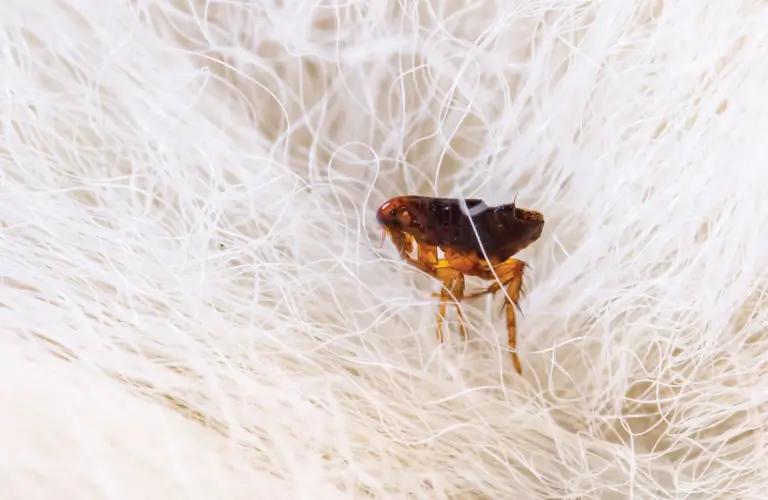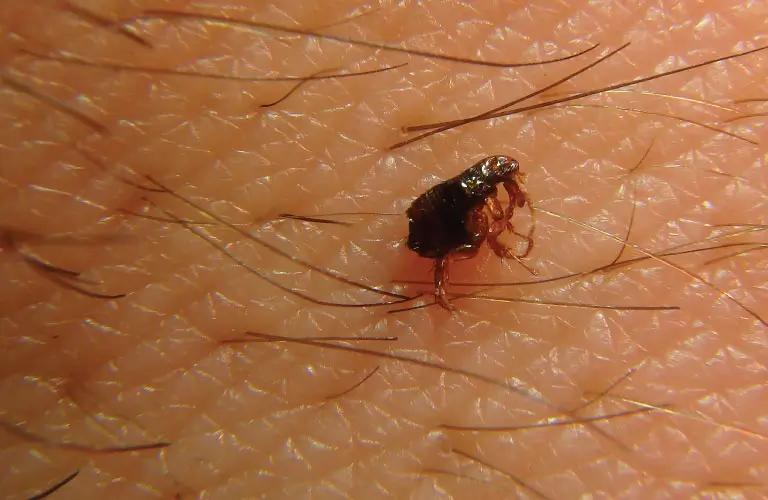


FLEAS
Fleas are found worldwide but prefer warm climates. Often carried by domestic animals, fleas most commonly feed on the blood of household pets and humans. Not only are they irritating by causing severe itchiness and inflammation to the skin, but they can also pose severe health risks to humans, pets, and livestock by spreading diseases like tapeworm. If you don’t have a household pet, your home may still be exposed to the risk of fleas, as they are often introduced into the home by other pests like rodents.
It is important to know what a flea looks like so that you are able to identify them before you have an infestation on your hands. They are very small - about 3mm in length - and have dark brown, flat bodies. A tell-tale sign of fleas, especially on pets, is signs of ‘flea dirt’. This is flea droppings produced after a flea feed, which will be present in your pet’s fur.

Common Signs of a Flea Infestation:
- Notice your pet is excessively scratching or biting.
- Sudden hair loss in your pet.
- More obvious indicators of a flea infestation include small eggs in rugs or carpet, fleas hopping or crawling in your pet’s bedding or on your furniture.
- A sudden amount of small red bites on your skin, particularly your legs/ankles and feet.

Flea Life Cycle
The full lifecycle of a flea can take anywhere from a few weeks to eight months depending on the climate and food that the flea has access to. There are four stages in their lifecycle: the egg, the larva, the pupa, and the adult stage.
The Egg
In this stage of the lifecycle, female fleas will lay up to 8 eggs after feeding on blood. Eggs hatch anywhere from 2 days to 2 weeks after they are laid.
The Larva
A flea larva will emerge from a hatched egg and can take several months to develop. Larvae are approximately 3mm long, shaped like a worm and translucent in colour. Once larvae are fully developed, they will begin weaving a cocoon.

The Pupa
Once the larvae form a cocoon, pupae will begin to grow into adult fleas inside. The ideal environment for the pupae to grow is in warm, humid climates. It can take anywhere from 1-2 weeks for them to emerge from their cocoon into an adult flea.
The Flea
The adult flea will emerge from the cocoon when they determine their ideal environment. This is detected through vibrations, pressure, heat and noise. These vibrations are often from the movement of an animal or human. Emerged adult fleas are very active as they are ready for their first feed.
It is essential to eradicate fleas at every stage of life to ensure that they do not return when the breeding season resumes. Annual Pest Management are experts at controlling fleas and have effective treatments that eradicate fleas, eggs, and larvae. Our technicians will safeguard the wellbeing of your family and pets by using chemical and manual procedures that are non-toxic, environmentally friendly and aligned with Australian standards.

